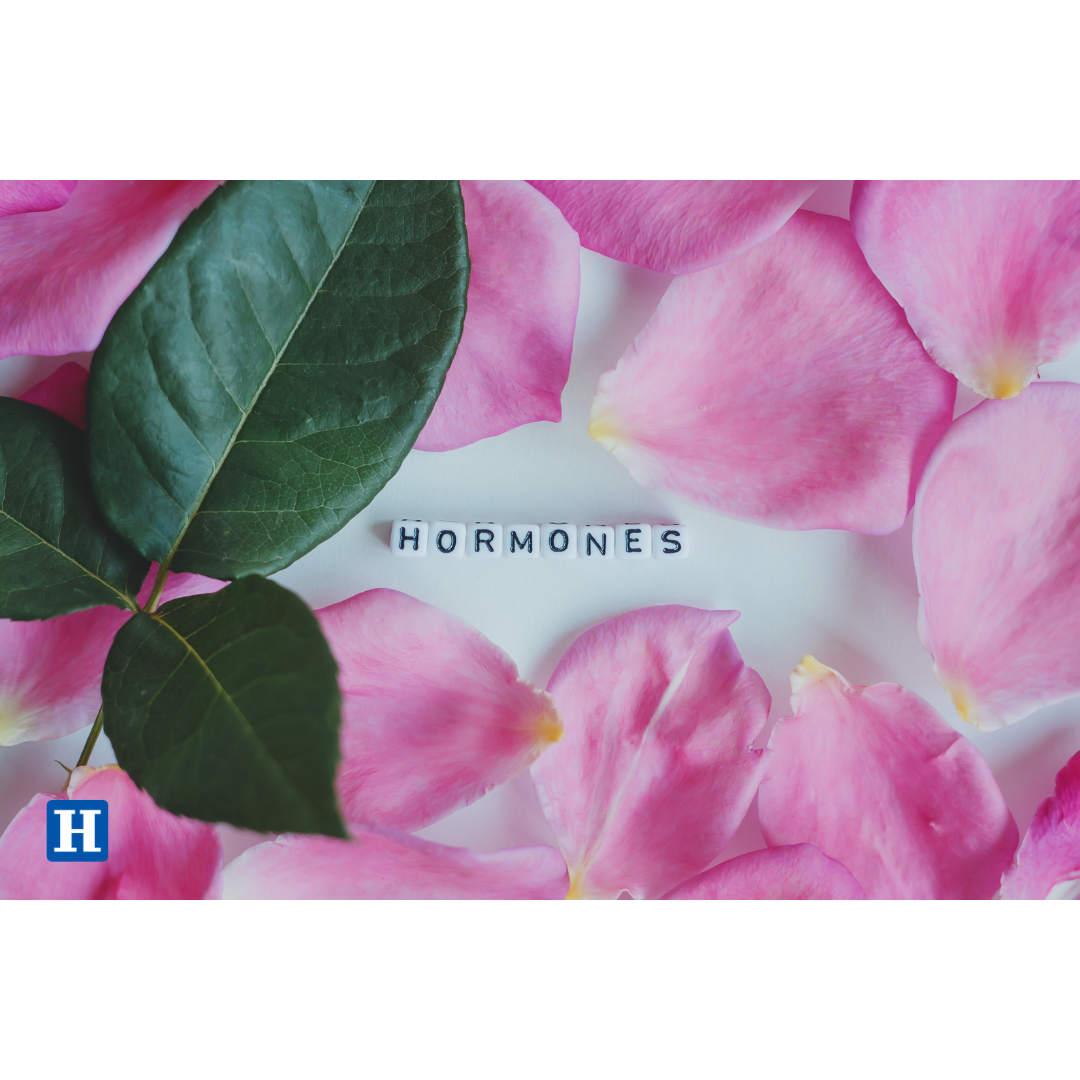Research reveals that women with Premenstrual Syndrome (PMS) are deficient in 𝛃-endorphin hormones. Support with Naltrexone, an opioid antagonist, improves natural 𝛃-endorphin levels and alleviates PMS-related symptoms.
PMS Associated with Low 𝛃-Endorphins
Most women of reproductive age experience mild mood, behavioral, or physical symptoms that fluctuate with their cycle. Such symptoms can include bloating, breast tenderness, insomnia, and mood swings. In fact, up to 90% of reproductive-age women experience some form of premenstrual symptoms, and one-third of these women experience symptoms bothersome enough to meet the diagnosis of premenstrual syndrome, or PMS.
The core symptoms of PMS include – irritability, breast tenderness, bloating, weight gain, carbohydrate cravings, crying easily, depression, headaches, fatigue, and insomnia.
For PMS these symptoms begin at least four days prior to the onset of menses with the average length of symptoms lasting 9.4 days. In over 50% of women with PMS, symptoms start 10 days or more prior to the onset of menses, and for 90% the symptoms start within 7 days or more.
This means that for an average woman suffering with PMS nearly 33% of the year – an astounding 120 days – is spent coping with these disruptive symptoms.
While the key sex hormones progesterone and estrogen are often the primary focus of PMS, research reveals another, less-known hormone, is also important to our understanding of PMS and the treatments available to women dealing with this issue.
𝛃-Endorphins are peptide hormones that exert certain effects throughout the body, brain and the immune system. In total, there are over 20 different types of “endorphins.” The name “endorphin” comes from the combination of the words “endogenous” (coming from within the body) and “morphine” (a well-known opiate pain reliever). Importantly, 𝛃-endorphins stimulate the body’s opioid receptors resulting in natural pain-relief, but also play a key role in psychiatric and neurodegenerative disorders making this hormone a key target of research.
In women with PMS, Chuong, et al. found significantly lower levels of premenstrual 𝛃-endorphins during the luteal phase of the cycle. That is, women with PMS showed a marked decrease in 𝛃-endorphin hormone levels the week preceding menses and during the first days of the menstrual flow. For reference, 𝛃-endorphin hormone levels typically increase in a normal cycle prior to the onset of menses. Thus, a deficiency in these hormones prior to menses results in PMS symptom aggravation.
This unique hormone deficiency is one reason women with PMS gravitate towards certain activities during the premenstrual phase of their cycle that act to naturally boost 𝛃-endorphin levels. Such activities include – exercise, aromatherapy, acupuncture, massage, and – yes – dark chocolate. Dark chocolate is rich in compounds such as flavonoids that stimulate the brain to release endorphins naturally.
In the textbook “The Medical & Surgical Practice of NaProTECHNOLOGY” by T. W. Hilgers, M.D., both the total and average levels of 𝛃-endorphins during the post-peak (luteal) phase of a woman’s cycle were significantly decreased. Confirming 𝛃-endorphin levels in women with PMS are diminished during this critical period in a woman’s cycle.
Naltrexone for PMS Support
Secondary to the findings that women with PMS have diminished 𝛃-endorphin levels during the luteal phase of their cycle researchers have investigated naltrexone as a potential treatment for PMS.
Naltrexone is an oral opioid antagonist and at lower doses (low-dose naltrexone) has been described as a novel treatment for various conditions including fibromyalgia, Crohn’s disease, multiple sclerosis, and complex regional pain syndrome. Low dose naltrexone (LDN) has also been shown to potentially benefit women with polycystic ovarian syndrome, endometriosis, and infertility.
LDN exerts a therapeutic benefit in the body by temporarily binding to opioid receptors resulting in a rebound effect in which both the production and utilization of endorphin hormones are greatly increased.
Based on the 𝛃-endorphin-boosting benefits of naltrexone, Chuong et al. performed a double-blind, placebo-controlled, crossover study to evaluate the efficacy of naltrexone in women diagnosed with PMS. The authors found naltrexone alleviated many PMS symptoms and could be an effective treatment for PMS.
Similar to Chuong et al, Hilgers found that the addition of naltrexone to targeted hormone support resulted in 90.4% of women with PMS reporting marked improvement in their symptoms. Importantly, Hilgers identified an increase in post-peak (luteal phase) 𝛃-endorphin hormone levels in women treated with naltrexone; resulting in PMS relief.
True Health Matters Summary
Research reveals women with PMS have diminished 𝛃-endorphins during the period of their cycle following ovulation and prior to the onset of menses. Naltrexone treatment, alone or in combination with targeted hormonal therapy has been shown to significantly improve PMS symptoms, while also increasing naturally-circulating 𝛃-endorphin levels. The 𝛃-endorphin-boosting benefits of naltrexone can be considered in a comprehensive treatment plan for women dealing with the challenges of PMS.
Click for References [1] Hilgers, T. W. The Medical & Surgical Practice of NaProTECHNOLOGY. Omaha, Nebraska: Pope Paul VI Institute Press; 2004.
[2] Magrone T, Russo MA, Jirillo E. Cocoa and Dark Chocolate Polyphenols: From Biology to Clinical Applications. Front Immunol. 2017 Jun 9;8:677. doi: 10.3389/fimmu.2017.00677. PMID: 28649251; PMCID: PMC5465250.\
[3] Maksym RB, Hoffmann-Młodzianowska M, Skibińska M, Rabijewski M, Mackiewicz A, Kieda C. Immunology and Immunotherapy of Endometriosis. J Clin Med. 2021 Dec 15;10(24):5879. doi: 10.3390/jcm10245879. PMID: 34945174; PMCID: PMC8708975.
[4] Mishra S, Elliott H, Marwaha R. Premenstrual Dysphoric Disorder. [Updated 2023 Feb 19]. In: StatPearls [Internet]. Treasure Island (FL): StatPearls Publishing; 2024 Jan-. Available from: https://www.ncbi.nlm.nih.gov/books/NBK532307/
[5] Pilozzi A, Carro C, Huang X. Roles of β-Endorphin in Stress, Behavior, Neuroinflammation, and Brain Energy Metabolism. Int J Mol Sci. 2020 Dec 30;22(1):338. doi: 10.3390/ijms22010338. PMID: 33396962; PMCID: PMC7796446.
[6] Wildt L, Leyendecker G, Sir-Petermann T, Waibel-Treber S. Treatment with naltrexone in hypothalamic ovarian failure: induction of ovulation and pregnancy. Hum Reprod. 1993 Mar;8(3):350-8. doi: 10.1093/oxfordjournals.humrep.a138050. PMID: 8473447.
[7] Younger J, Parkitny L, McLain D. The use of low-dose naltrexone (LDN) as a novel anti-inflammatory treatment for chronic pain. Clin Rheumatol. 2014 Apr;33(4):451-9. doi: 10.1007/s10067-014-2517-2. Epub 2014 Feb 15. PMID: 24526250; PMCID: PMC3962576.


